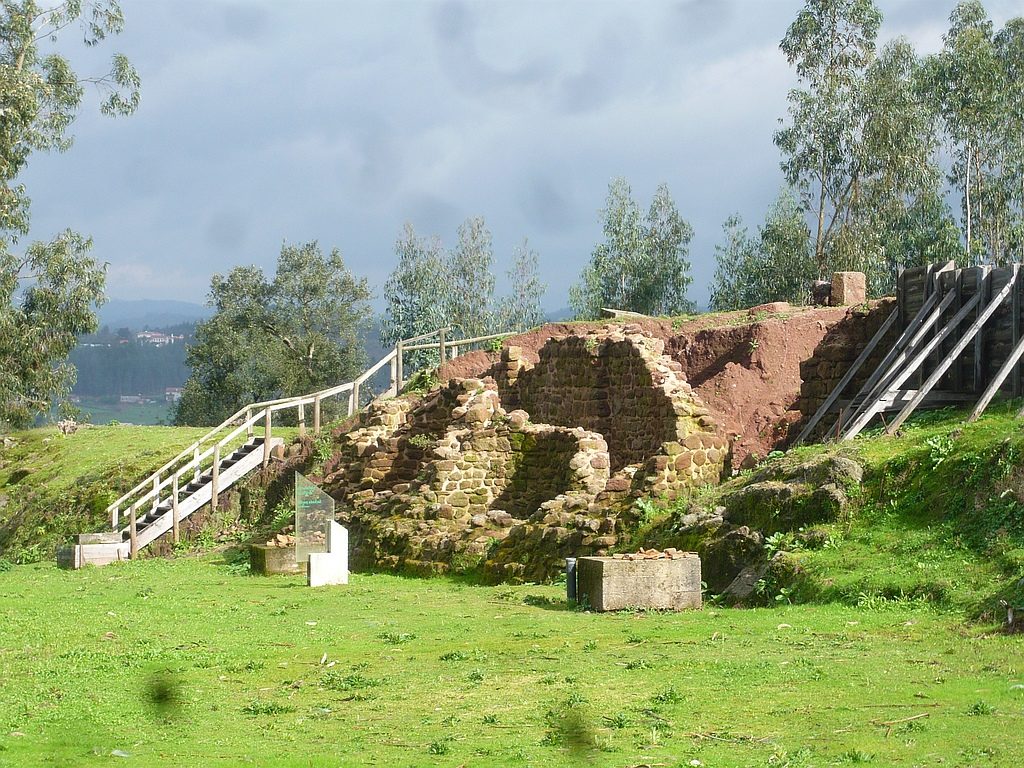(Originally published on December 5, 2011)

The fall of the Vouga Bridge on November 12 2011 was not a surprise due to the advanced state of degradation of the bridge’s pillars. What is surprising is the willingness of the municipality to demolish the bridge (!), a decision that I hope will be overturned because this bridge has a great patrimonial value that cannot be obliterated. The current bridge is the result of successive repairs, the last one was its enlargement in the 1930s to adapt it to modern traffic. We know that its construction was ordered by D. João III in 1529 and that it was repaired in 1713 by order of D. João V given to the bridge its current configuration. In fact the current bridge was built on the structure of an earlier medieval bridge from which the pillars and arches are still visible, as can be seen in the picture above. Coordinates: 40.640735,-8.465931

The remains of Talabriga
The existence here of an early Roman construction is plausible because this was the crossing point of the main road connecting Bracara Augusta (Braga) to Olisipo (Lisbon). In fact, on a hilltop overlooking this passage there’s an important archaeological site known as «Cabeço do Vouga» where we can see a strong Roman construction built over a pre-Roman settlement. This could be the location of Talabriga, a road station mentioned in Anthony’s Itinerary. Coordinates: 40.637037, -8.463959



